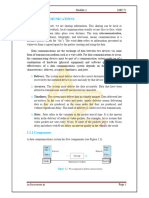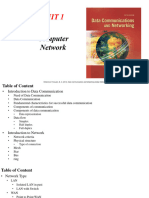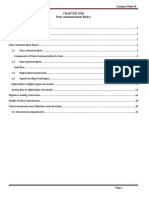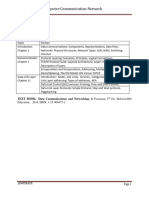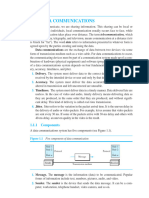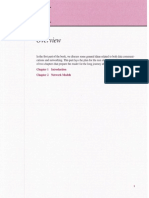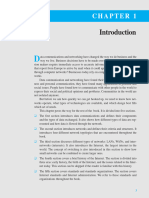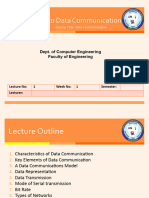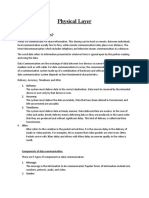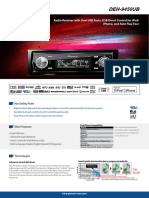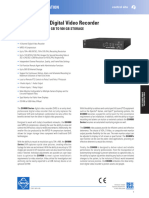0% found this document useful (0 votes)
91 views29 pages01 Introduction To Data Communications (With Intro)
This document introduces fundamental concepts about data communications. It defines data and information, and explains that data communication involves transmitting digital messages between devices via a transmission medium according to set protocols. It then describes the key elements of a data communication system including the message, sender, receiver, medium, and protocols. Finally, it discusses how different types of data like text, numbers, images, audio and video are represented digitally.
Uploaded by
Dann LaurteCopyright
© © All Rights Reserved
We take content rights seriously. If you suspect this is your content, claim it here.
Available Formats
Download as PDF, TXT or read online on Scribd
0% found this document useful (0 votes)
91 views29 pages01 Introduction To Data Communications (With Intro)
This document introduces fundamental concepts about data communications. It defines data and information, and explains that data communication involves transmitting digital messages between devices via a transmission medium according to set protocols. It then describes the key elements of a data communication system including the message, sender, receiver, medium, and protocols. Finally, it discusses how different types of data like text, numbers, images, audio and video are represented digitally.
Uploaded by
Dann LaurteCopyright
© © All Rights Reserved
We take content rights seriously. If you suspect this is your content, claim it here.
Available Formats
Download as PDF, TXT or read online on Scribd
/ 29






